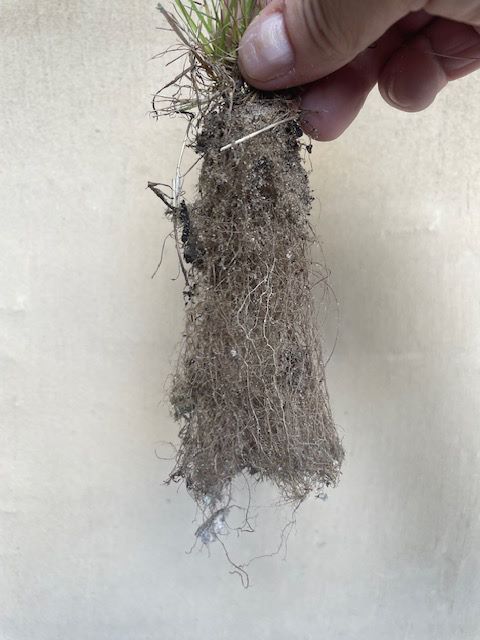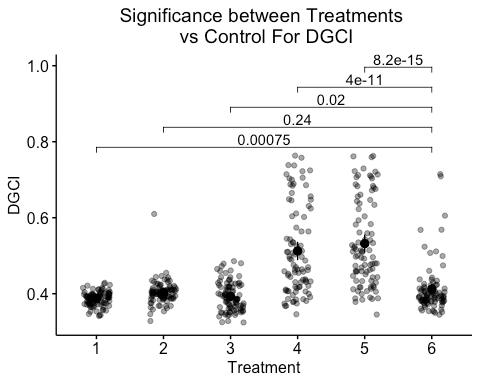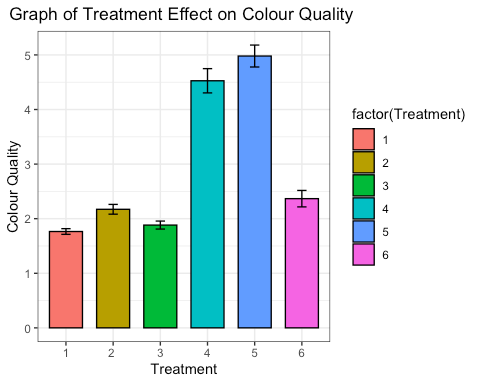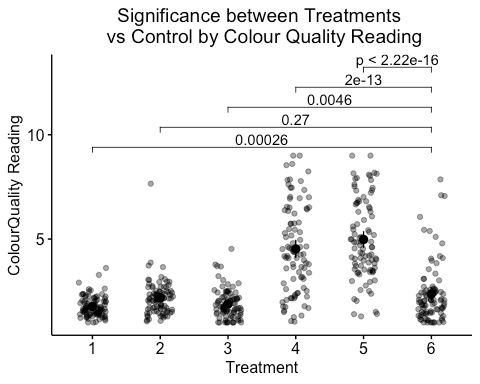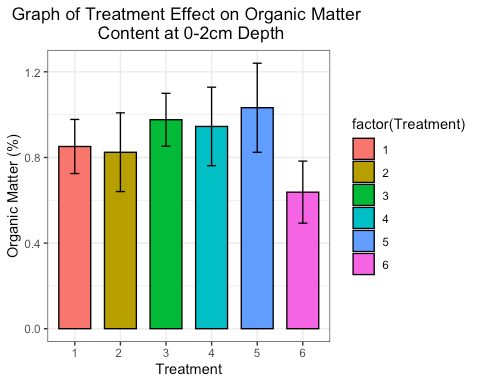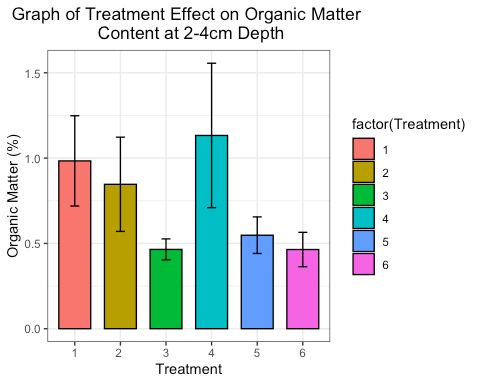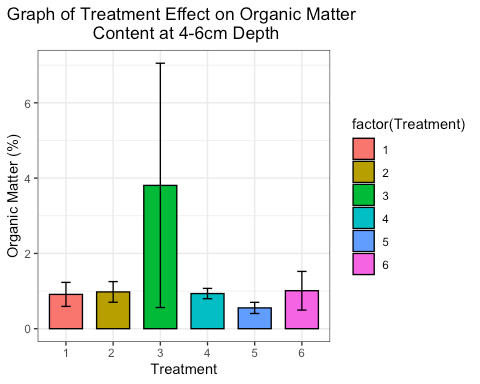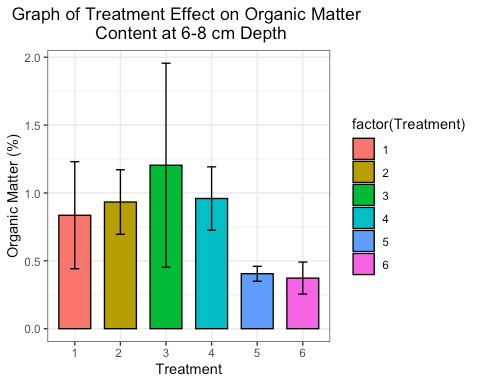Plant Biostimulant Research.
Turf managers in Australia are under pressure to produce high quality surfaces within a budget. As well as this, sports grounds are being subjected to increased levels of use and expectations from end users. We investigate the use of a plant biostimulant and bioactive compound to stimulate root growth in perennial ryegrass.
A key to maintain turf to the highest standard is a healthy root system, and ideally this is with minimal use of phosphorus (P). This is for two reasons:
- Firstly, heavy applications of P are thought to encourage undesirable winter grass (Poa annua) and
- Secondly, excess P can run to waste, and cause algal blooms, and pollution of waterways.
Background.
The use of biostimulants and bioactive compounds is gaining traction in the professional turf industry, and seaweed based products that contain high levels of cytokinins, are in common use by many turf managers.
In recent years there have been major advances in biostimulant technology, and a lot of focus has been on 2,3-Butanediol and β-cyclocitral. These are of special interest as they stimulate root growth even at low concentrations.
Trial Outline.
We look at salicylic acid (SA), copper phthalocyanine (P), EO-PO block copolymers, 2,3- Butanediol and β-cyclocitral for use in turf grass, and use Digital Image Analysis to look at turf quality and colour. Loss on Ignition was at four depths: 0-2 cm, 2-4 cm, 4-6 cm and 6-8 cm.
The trial was a replicated block pot trial, which ran for 133 days on perennial ryegrass var Intense PRG.
The treatments were:
- 2,3-butanediol 1L/Ha.
- β-cyclocitral 300ml/Ha.
- Wetting agent + β-cyclocitral + 2,3-butanediol at 12.5L/Ha.
- Vertmax Duo + β-cyclocitral + 2,3-butanediol at 1L/Ha
- Vertmax Duo at 1L/Ha and an
- Untreated control.
Results of Plant Biostimulant work:
- Vertmax and Vertmax Duo have higher DGCI and Colour Quality (P < 0.05).
- There is no difference in DGCI between Vertmax Duo and the Vertmax Duo + biostimulant.
- Turf Density is higher on the 2,3 Butanediol, and Vertmax Duo + biostimulant in comparison to Vertmax Duo and the wetting agent + biostimulant (P < 0.05).
- Vertmax Duo and Vertmax Duo + biostimulant, has higher Percent Cover and Cover Quality readings (P < 0.05).
- At a depth of 0-2 cm, there are no significant differences in OM content. The highest levels are with the Wetting agent + bio-stimulant, Vertmax Duo + bio-stimulant, and the standalone Vertmax Duo Pigment.
- At 2-4 cm, the Vertmax Duo + bio-stimulant has roughly 2 x the OM of the control.
- The Wetting agent + bio-stimulants and Vertmax Duo + biostimulant have the highest OM contents at a depth of 6-8cm.
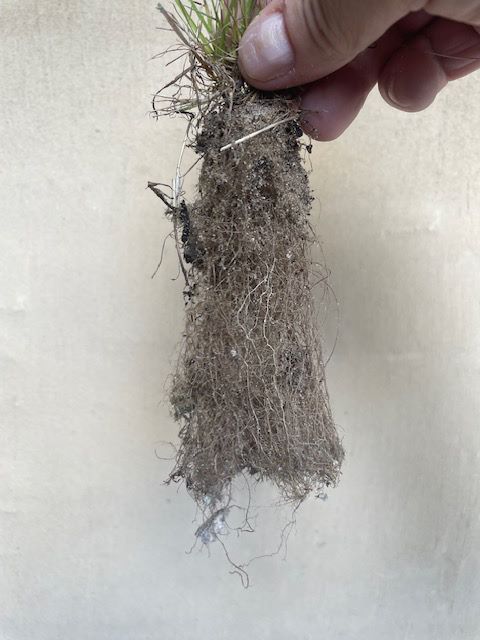
2,3-Butanediol.
The plant biostimulant and bioactive compound, Butanediol, enables plants to survive biotic and abiotic stress better.
- It induces plant defence against R. solani for creeping bent grass 1 Shi Y, Niu K, Huang B, Liu W, Ma H. Transcriptional responses of creeping bentgrass to 2, 3-butanediol, a bacterial volatile compound (BVC) analogue. Molecules 2017, 22, 1318 .
- Butanediol 2Goodwin PH and Hsiang T. (2011). Stimulating host defences for control of turfgrass diseases. Ontario Turfgrass Research Foundation Final Report, June 2011. enhances creeping bent grass resistance against dollar spot, with disease reduction in the range of 50% to almost 100%.
- In combination with turf fungicides, 2,3-Butanediol increases their efficacy at half rates.3Duraisamy K, Ha A, Kim J, Park AR, Kim B, Song CW, Song H and Kim JC. (2022). Enhancement of Disease Control Efficacy of Chemical Fungicides Combined with Plant Resistance Inducer 2,3-Butanediol against Turfgrass Fungal Diseases The Plant Pathology Journal · June 2022 DOI: 10.5423/PPJ.OA.02.2022.0022.
.
β-cyclocitral.
β-cyclocitral is a bioactive compound and root growth promoter, and potentially a valuable tool to enhance growth under stress.
In turf grass systems, strong root growth and branching are highly desirable. This is because they enhance the plants ability to take up nutrients and water.
Salicylic acid (SA).
- SA increases the heat tolerance of Kentucky Bluegrass. An SA concentration of 0.25 mmol 4He, Yali & Liu, Youliang & Cao, Weixing & Huai, Mingfang & Xu, Baogang & Huang, Bingru. (2005). Effects of Salicylic Acid on Heat Tolerance Associated with Antioxidant Metabolism in Kentucky Bluegrass. Crop Science – CROP SCI. 45. 10.2135/cropsci2003.0678. works the best to increase heat tolerance.
- In perennial ryegrass 5Hosseini, S.M., M. Kafi and M. Arghavani. 2015. The effect of salicylic acid on physiological characteristics of Lolium grass (Loliumperennecv. “Numan”) under drought stress. Int. J. Agron. & Agric. Res., 7(1): 7-14. SA affects ryegrass under drought stress. Foliar SA increases chlorophyll a, b content. It also reduces electrolyte leakage, proline build-up and antioxidant enzyme activity. All these factors suggest that SA reduces the impacts of drought.
Digital Image Analysis (DGCI).
There are significant P<0.05) differences in DGCI between the results. Readings were highly significant for the Pigment (5) and Pigment + 2,3-butanediol + cyclocitral (4) treatments in comparison to all other treatments.
With Colour Quality, the Pigment (5) and Pigment + bio-stimulants (4) showed significant P<0.05) results in comparison to all other treatments.
In the case of Cover Quality, the Pigment (5) and Pigment + bio-stimulants (4) treatments gave significant P<0.05) results in comparison to all other treatments.
DGCI.
Plant Biostimulant or Bioactive effect on Colour Quality.
Loss on Ignition and Organic Matter %.
The Wetting agent + bio-stimulants (3), Vertmax Duo + bio-stimulant (4), and Vertmax Duo (5) have the highest OM levels at the 0-2 cm depth. None of these were significantly different from the Control.
There was no significant difference between the results at the 2-4cm depth. The 2,3-Butanediol (1), β-cyclocitral (2), and Vertmax Duo + bio-stimulant (4) have the highest OM levels at the 2-4cm depth.
Discussion of Plant Biostimulant work.
The increases in OM content at depth can only be due to two things. Either a build-up of thatch or an increase in root growth. The fact that we remove the surface verdure before we dry the cores, suggest it is an increase in root growth.
These results show that there is potential for the use of these plant biostimulant and bioactive compounds in the turf industry, and in particular 2.3-butanediol. Opportunities exist for stand-alone use or to pre-mix them with other products.
Recommendations.
- Look at higher rates of use.
- What is the effect of these on other grasses such as couch or bent grass? and
- Do these work to suppress disease.
References
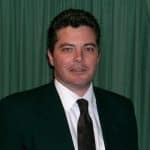
Jerry Spencer
Jerry has an Hons Degree in Soil Science (1988) from Newcastle Upon Tyne University. He then worked as a turf agronomist for the Sports Turf Research Institute (STRI) until 1993.
He gained a Grad Dip in Business Management from UTS in 1999. He has held a number of technical roles for companies such as Arthur Yates (Commercial Technical Manager) and Paton Fertilizers (Organic, turf specialty and controlled release fertiliser) portfolios.
In 2013 he established Gilba Solutions as independent sports turf consultants and turf agronomists. Jerry has written over 100 articles and two books on a wide range of topics such as Turf Pesticides and turfgrass Nutrition which have been published in Australia and overseas.

